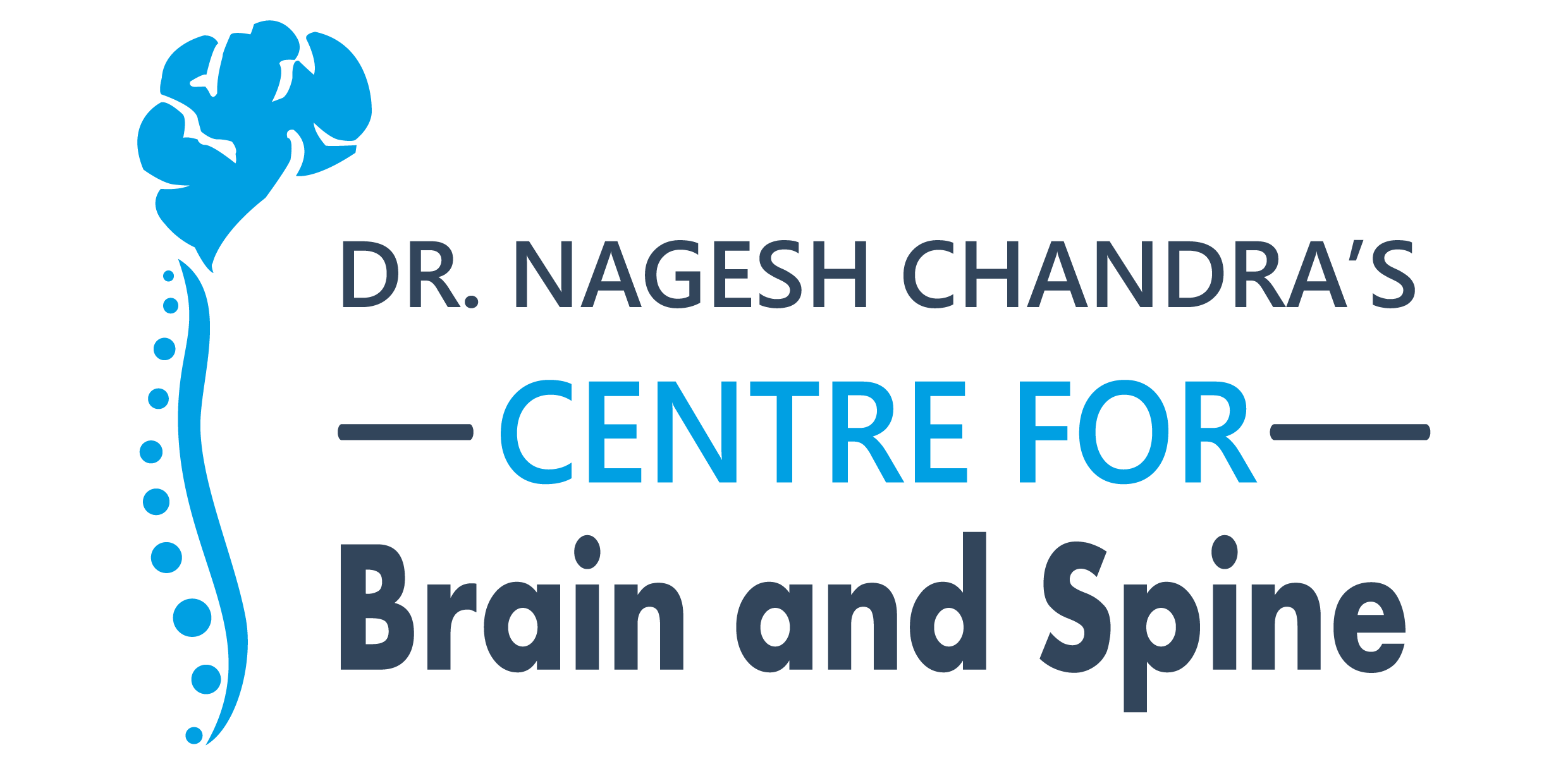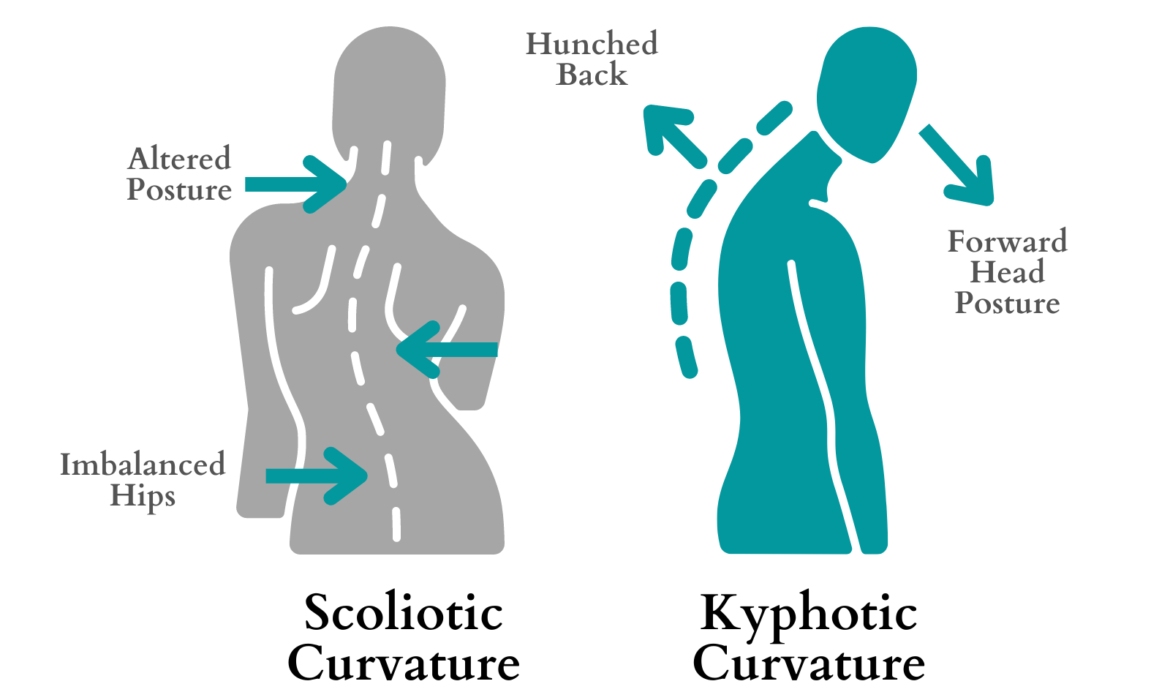Scoliosis and kyphosis are two spinal conditions that affect the position and curve of the spine. They are 2 different spine conditions. As we know, the spine plays an essential role in supporting the overall body and spinal cord. If there is any shift in the position of the spine, it can cause serious health issues.
Explore the differences between Scoliosis and Kyphosis as per top neurosurgeon in Delhi, their treatments, and whom to consult in such circumstances.
What are scoliosis and kyphosis?
Scoliosis is a spinal condition caused by an abnormal curve of the spine. A person suffering from scoliosis may have a spine shaped as “S” or “C” instead of having a straight line down the middle of the back.
Kyphosis is a spinal condition caused by an excessive curve in the upper back, leading to a hump-like or rounded appearance. It is more common in older women.
Difference between Scoliosis and Kyphosis
| Scoliosis | kyphosis |
| The direction of the curvature is sideways (lateral) | The direction of the curvature is forward (anterior) |
| The shape of the curvature is “S” or “C” | The shape of the curvature is hump-like |
| It occurs in children between the age of 10-15 years. However, might be found in adults as well. | It occurs in children between the age of 13-16 or elderly people as the bone density is weak. |
| Idiopathic, neuromuscular, and degenerative are some of its types. | Postural kyphosis, congenital, and post-traumatic are some of its types. |
Diagnosis of scoliosis and kyphosis
In most cases, a scoliosis specialist, like a neurosurgeon, will perform a comprehensive physical examination, including measuring your height. You may be asked to lean forward from the waist as the surgeon examines your spine from the side. You may also get a neurological examination to assess your reflexes and muscular strength.
- MRI: Magnetic fields and radio waves are used in MRI to produce comprehensive two- and three-dimensional pictures of the spinal cord, nerves, and soft tissue. If you are experiencing radiating pain in your arms or legs, as well as weakness or tingling, an MRI scan can help determine whether the discomfort is caused by a pinched nerve near your spine.
- X-rays: X-rays employ high-energy light beams to give neurosurgeon pictures of your spine, which can reveal abnormal curvature. They obtain three-dimensional images of the whole body, including all spinal segments and any soft tissue impacted by the spine.
- CT scan: CT scans employ X-rays to produce a sequence of two- and three-dimensional pictures of the spine’s bones taken from various angles. A computer combines the photos to offer professionals detailed visual information about any spinal curvature.
- Bone density test: This easy test involves taking a series of X-rays, often of your lower spine and hips, to assess the quantity of calcium and other minerals in your bones. Your doctor must determine whether you have poor bone density since weakening bones may limit scoliosis treatment choices.
Symptoms
Mild kyphosis may not cause any visible indications or symptoms. In reality, the upper back exhibits a little kyphosis. Individuals with severe curvature may feel back discomfort and stiffness.
Other symptoms may include:
- Fatigue
- Excessive back pain
- Trouble breathing
- Neurological issues
- Disfigurement
- Loss of appetite
Treatment of scoliosis and kyphosis
Scoliosis and kyphosis treatment varies on different factors:
- Severity of the spine curvature
- Medical conditions
- Age
- Ability to maintain a healthy posture
- Daily routine
Non-surgery treatments:
- Early detection
Minor spine curvatures occur frequently in children and may not require treatment or healing on their own with age.
Nonetheless, it is recommended to visit a good neurosurgeon in Delhi to monitor the spine for changes. Treatment varies from person to person depending on the degree of their ailment.
- Medicine
Spinal abnormalities and other back injuries can cause significant discomfort and stiffness, limiting day-to-day activities. may provide injections and other pain medications to give temporary relief.
However, if these medicines are used excessively, they might have negative effects. As a result, injections are only used once or twice a year for extreme pain conditions.
- Physical therapy
Stretching and strengthening activities can assist improve spinal flexibility and reduce back discomfort. Children with Scheuermann’s illness may be able to halt the progression of kyphosis by wearing a spine brace as their bones mature.
Surgery
In rare cases, severe kyphosis might squeeze the spinal cord or nerve roots. To heal this, surgery may be required. The most popular kyphosis treatment is spinal fusion. It is a treatment that uses metal rods or screws to join bones in the spine, preventing them from moving independently. This permits the old and new spinal materials to fuse.
Doctors may also place an adjustable rod. This is a suggested alternative for younger people who have not reached their full growth potential. This rod may be modified once every six months to fit the length of the spine.
Risks associated with scoliosis and kyphosis surgery
With surgery comes certain risks, although rare they include:
- Infections
- Excessive bleeding
- Nerve damage
- Inability to heal
Whom to consult?
If you’re experiencing any of the above-mentioned symptoms, you should immediately consult a scoliosis specialist. There are many leading neurosurgeons in Delhi. It is best not to delay the appointment as it can cause further inconvenience to you or anyone experiencing discomfort or stiffness.
Consult with the best spine surgeon in Dwarka, and your treatment started as soon as possible to continue living a healthy and comfortable life.

